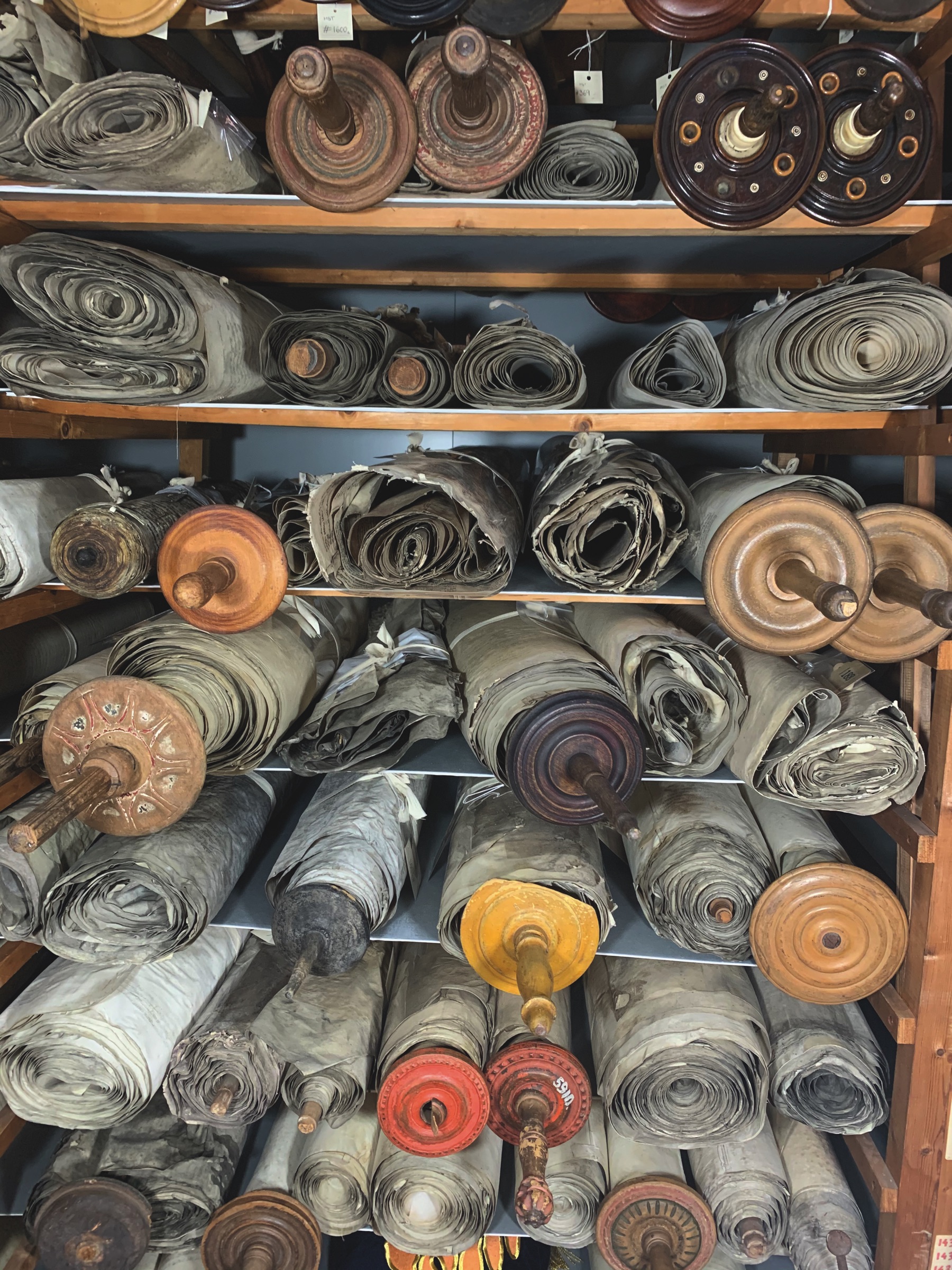
Museum scrolls
Text: Andrew Keene, Vice Chair, Memorial Scrolls Trust; Photo: Archive
A Torah Scroll is the most sacred ritual object in Jewish life. It is handwritten on parchment and contains the words of the Hebrew bible. Stored during the war in Prague’s Michle Synagogue, these 1,564 Czech Torah scrolls had been sent to Prague by the Jewish communities of Bohemia and Moravia. They stood as silent witnesses to centuries of Jewish life – synagogues, schools, and families – that were extinguished by the Holocaust.
Their survival carried with it both a burden and a responsibility: how to ensure that these sacred objects would not remain mute remnants of the past, but instead continue to inspire the living.
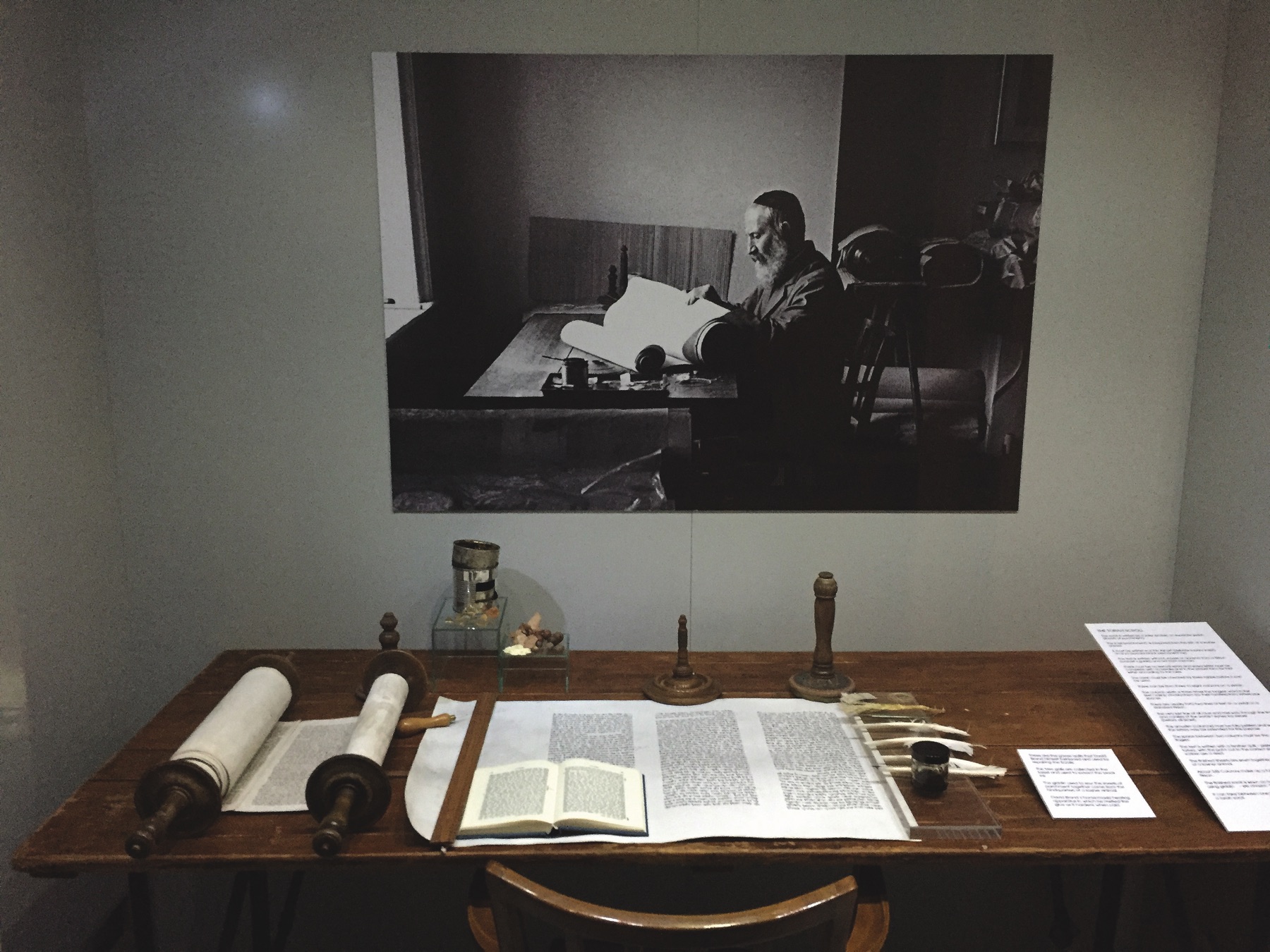
Mr. Brand exhibit
The Legacy of 1964
In 1963, through the compassion and foresight of Ralph Yablon, a benefactor of Westminster Synagogue, the scrolls were purchased from the Communist government of Czechoslovakia and transported to London. There, in the heart of Westminster Synagogue, they found sanctuary and a new chapter began.
The mission was both solemn and hopeful: to honour the memory of destroyed communities by returning sacred objects to the rhythm of Jewish life. This was not merely an act of preservation, but an act of renewal – transforming loss into legacy, absence into presence.
Soon after their arrival, a chance visit by David Brand, a master sofer (scribe), would unlock the future of these scrolls. Discovering 1,564 scrolls awaiting care, he committed himself to their restoration, dedicating over three decades to repairing and cataloguing them. Through his devotion, countless scrolls were brought back to life – not as artifacts in a museum but as Torahs once again read, studied, and cherished by Jewish communities around the world.
From Prague to the World
Over the past six decades, the Memorial Scrolls Trust has placed approximately 1,400 scrolls on permanent loan to Mr. Brand exhibit more than 1,300 communities worldwide – synagogues, schools, museums, and centres of learning.
From North America to Australia, from South Africa to South America, the Czech scrolls have become enduring links between Jewish life in Central Europe and Jewish life flourishing across the globe.
These scrolls remain more than historical relics. They are living ritual objects, carried in processions, read during Shabbat services, and used as educational tools to teach new generations about faith, resilience, and the responsibilities of remembrance.
Some have found extraordinary homes: at Yad Vashem in Jerusalem, within the Royal Collection at Windsor Castle, and even in the Crossroads of Civilizations Museum in Abu Dhabi, where they symbolize interfaith understanding and dialogue.
Whenever a community holding one of the scrolls closes or merges, the scroll makes its way back to London – ensuring continuous stewardship and an ever-renewing cycle of memory and care.
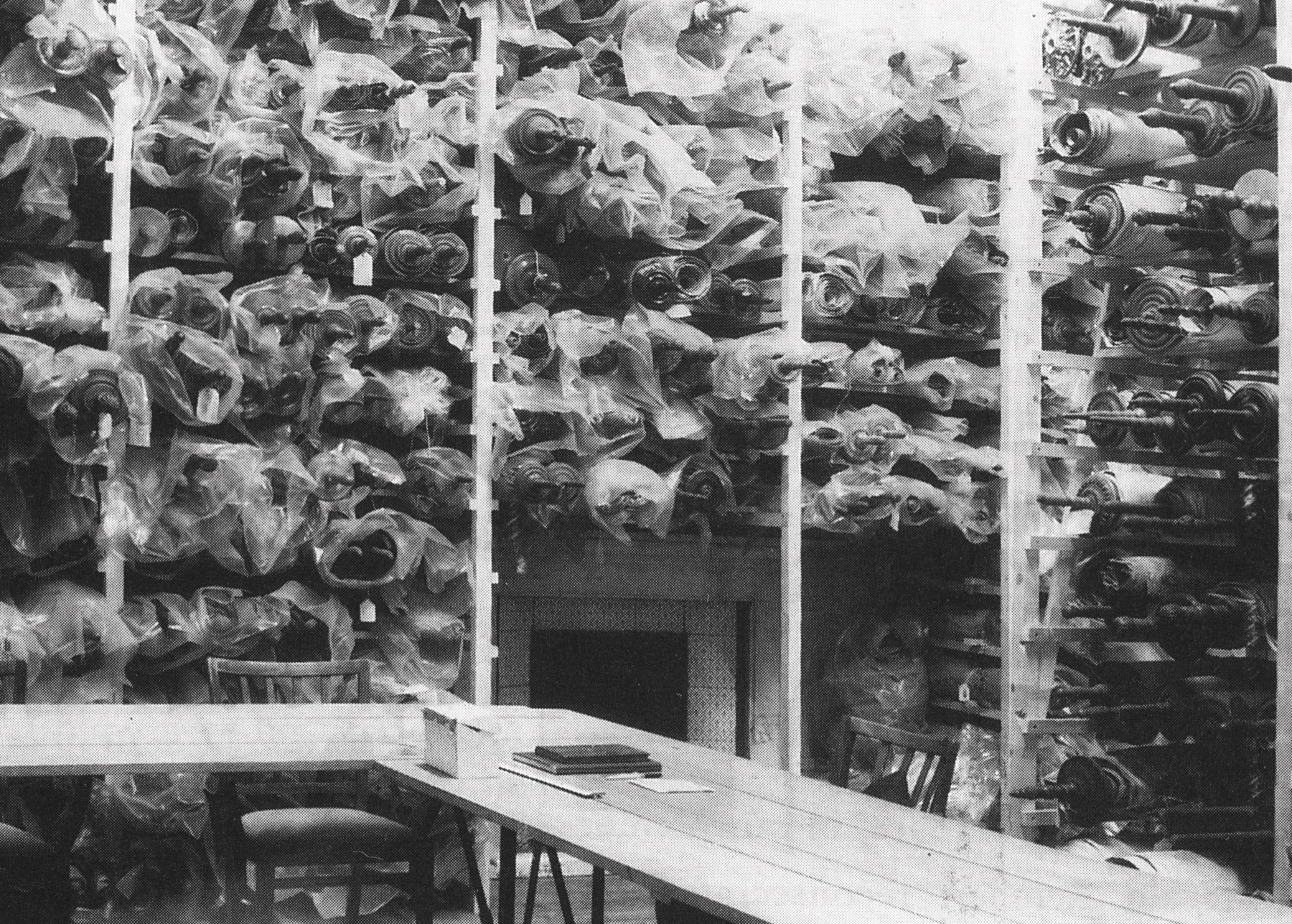
The return to Czechia
In recent years, the journey of these scrolls has come full circle. In the last decade, four Torah scrolls have returned to Jewish communities and institutions in Czechia. The first was entrusted to Olomouc, followed by Ec Chajim, the Progressive Jewish Community of Prague, then to the community of Liberec, and most recently a non-kosher scroll was placed on display in the Czech Parliament as a symbol of remembrance and opportunity for education.
Alongside these placements, a travelling exhibition in both English and Czech tells the story of the scrolls, allowing citizens and visitors to encounter this history within the very landscapes from which these sacred texts once came. Each return is both a reminder of the rupture of Jewish life in Czech lands and a testament to the possibility of connection, dialogue, and renewal in the present.
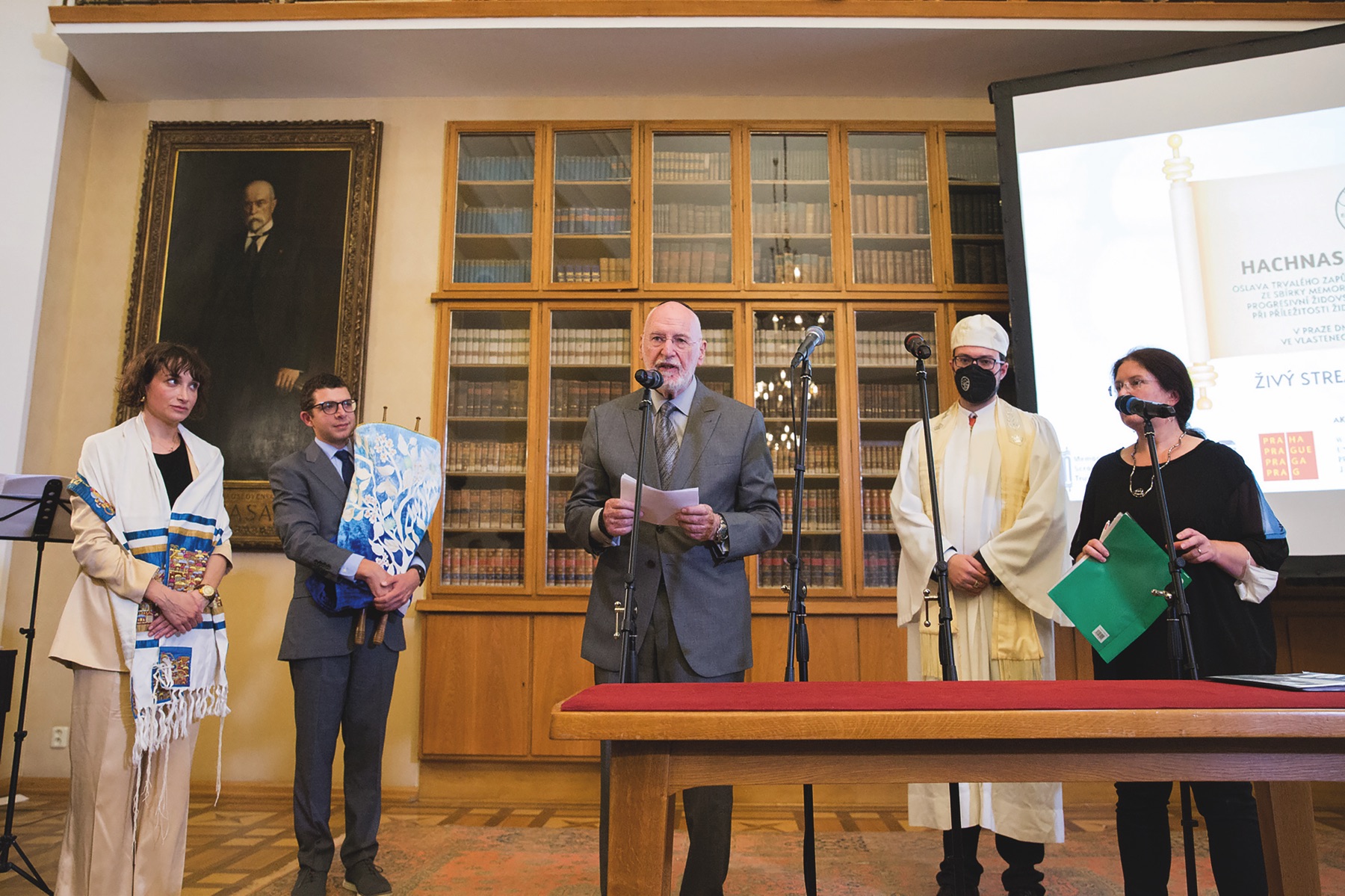
Hachnasat Torah (Dedication Ceremony) of the Czech Torah for Ec Chajim at Charles University. Left: Anna Nosková, Andrew Keene, Chair of MST Jeffrey Ohrenstein, and Rabbi David Maxa
A Living Covenant
Sixty years on, the Memorial Scrolls Trust continues its mission with humility and resolve. Each scroll carries the memory of a lost community, yet also embodies the resilience of the Jewish people and the universal human capacity to rebuild from tragedy.
To hold, read, or even simply stand in the presence of one of these Torah scrolls is to feel a thread of continuity that defies destruction. It is to sense that memory need not be static – that it can be a source of life, of learning, and of renewed purpose.
In marking this milestone, we are reminded that the story of the Czech scrolls is not finished. It continues wherever they are read, wherever they are taught, and wherever they inspire communities to affirm that even in the face of loss, Jewish life – and human dignity – endures.
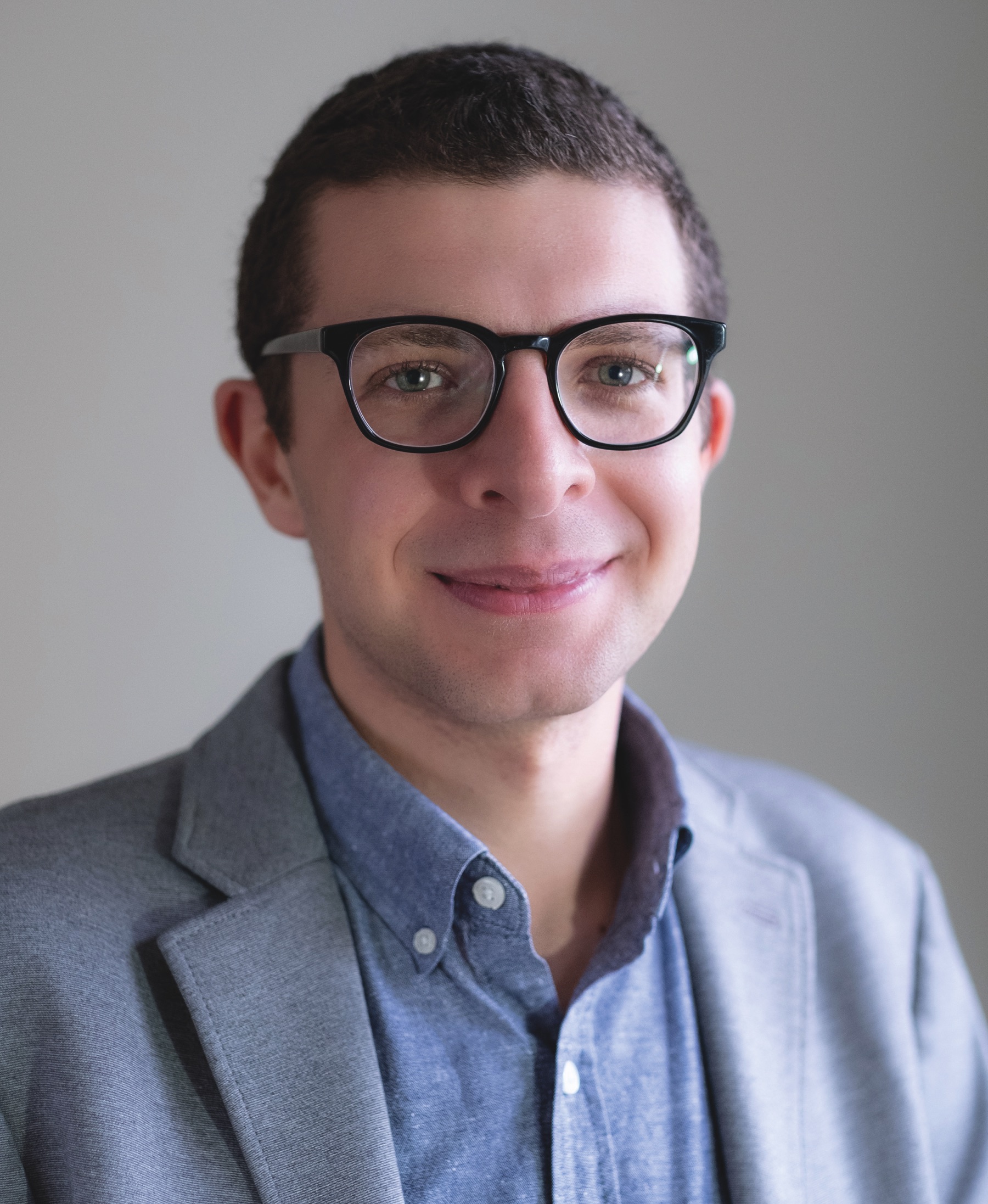 Andrew Keene is an American Israeli, based in Tel Aviv. He serves as Vice Chair of the Memorial Scrolls Trust and sits on the boards of several international Jewish organizations. With a background in data and digital technology, Andrew founded ESEK, a social enterprise supporting Israeli small businesses, in the aftermath of October 7th.
Andrew Keene is an American Israeli, based in Tel Aviv. He serves as Vice Chair of the Memorial Scrolls Trust and sits on the boards of several international Jewish organizations. With a background in data and digital technology, Andrew founded ESEK, a social enterprise supporting Israeli small businesses, in the aftermath of October 7th.

